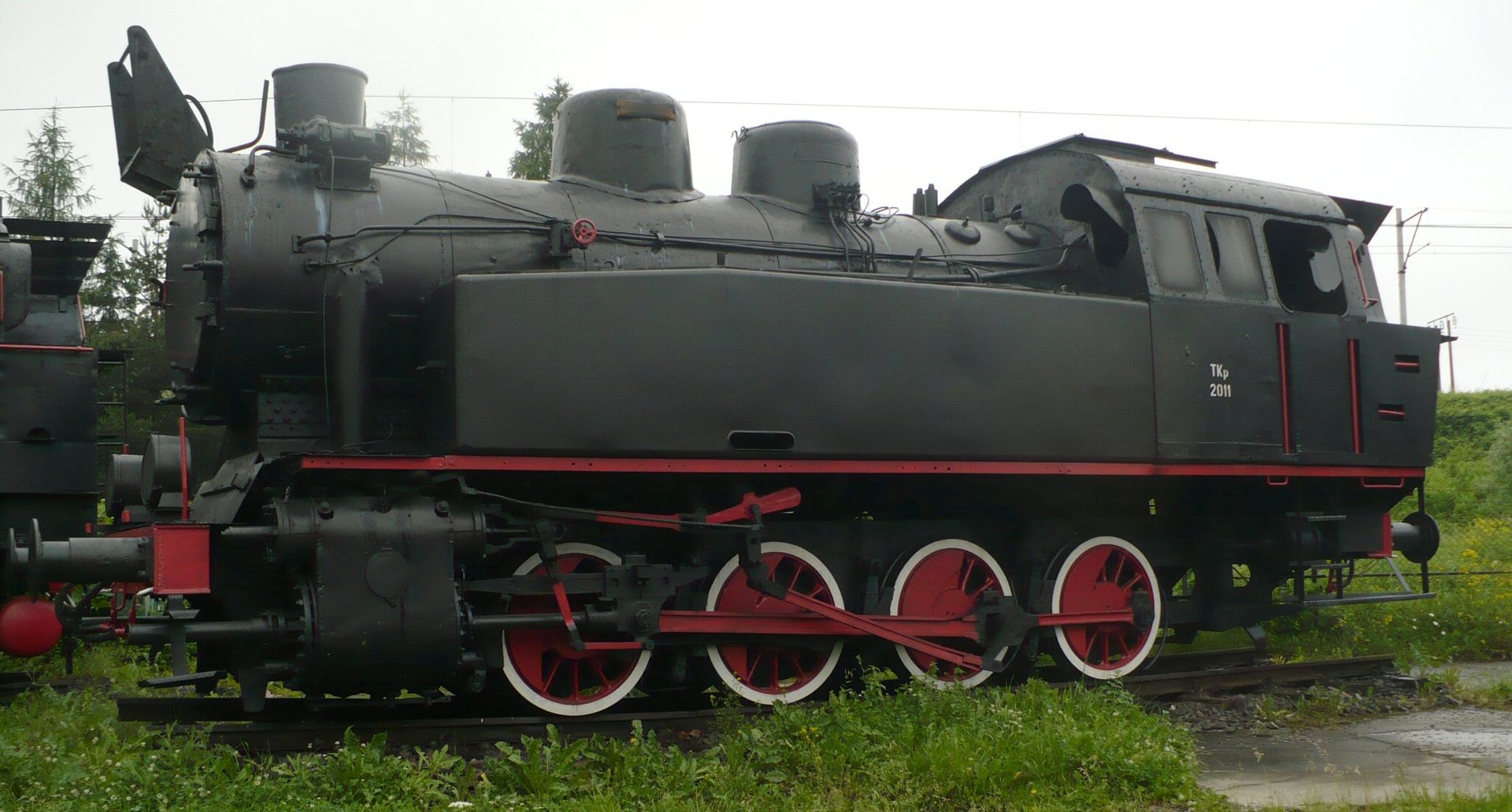T2D Silesia
6.45

Overview
The T2D Śląsk (SLA) is a Polish tank steam locomotive with a D wheel arrangement, produced by Fablok in Chrzanów between 1950 and 1962. This locomotive was developed based on modified documentation of the German Oberschlesien (OS) type locomotives, which were built by Henschel und Sohn during World War II. The T2D SLA was characterized by a robust construction typical of that period and an aesthetic reflecting the industrial style of those years. A total of 390 units were produced, with the first one leaving the factory in 1950 and the last one, designated TKp 6293, manufactured in November 1963 and serving at the KWK Gliwice mine. The locomotive gained popularity on industrial railways, where it was often marked with the TKp series, indicating its affiliation with PKP's tank locomotives. It is worth noting that 90 machines designated SLA59 were exported to China, where they underwent certain modernizations—for example, they were equipped with automatic couplers and enclosed driver's cabs. These steam locomotives not only played a significant role in freight transport but also became a symbol of railway technology in post-war Poland and contributed to the development of the railway industry in the region. In a historical context, the T2D Śląsk illustrates the process of post-World War II reconstruction and modernization of the country, as well as the adaptation of German technology, which is an important element of Polish engineering history. Interestingly, their export modifications highlight efforts to adapt to the needs of other markets, underscoring the importance of steam locomotives in international railway traffic. The T2D Śląsk remains an interesting subject for enthusiasts of railway and engineering history, showcasing a blend of local tradition and foreign influences.
Location
Tickets
Powered by GetYourGuide
2025 Wizytor | All Rights Reserved